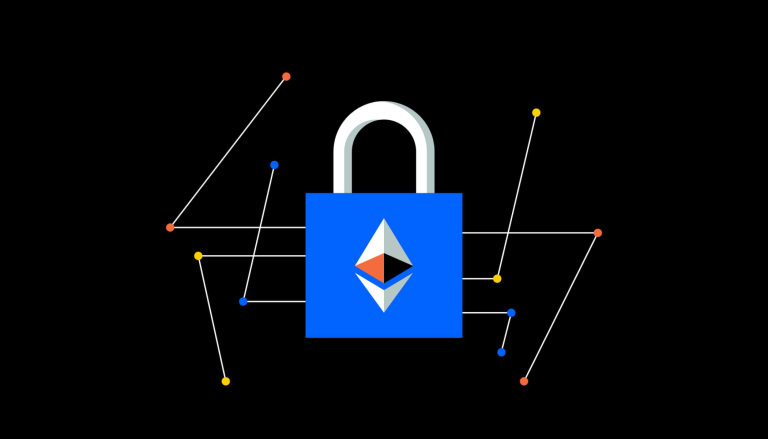What is a crypto dusting attack, and how to avoid it?

A crypto dusting attack involves sending small quantities of cryptocurrency, known as dust, to numerous wallet addresses to track and de-anonymize them.
Dusting attacks can be used for various purposes, including criminal activities, government investigations, and network stress tests.
Protecting against dusting attacks involves using certain types of wallets, marking small unspent transaction outputs as "do not spend", and using privacy-focused networks.
Understanding Crypto Dusting Attacks
A dusting attack is a method used to compromise the privacy of cryptocurrency users.
The attacker sends a small quantity of cryptocurrency, known as dust, to numerous wallet addresses. The aim is to track these addresses in the hope of de-anonymizing them. This technique can be used for various purposes, both benign and malicious.
For instance, individuals with malicious intent may use dusting attacks to identify individuals with large cryptocurrency holdings, who can then be targeted for phishing scams or cyber-extortion.
Who Performs Dusting Attacks?
Various groups may perform dusting attacks. As mentioned earlier, individuals with malicious intent may use this technique to identify individuals with large cryptocurrency holdings, who can then be targeted for phishing scams or cyber-extortion.
Government agencies may use dusting attacks to investigate criminal activities, such as illicit activities or tax evasion. Blockchain analytics firms may use dusting attacks for research purposes.
It's important to note that the party that executes the dusting attack and the party that analyzes the results don't need to be the same. Anyone with the skills, tools, and time can analyze the crypto dust after an attack.
The Expenses of Dusting Attacks
While the quantities of cryptocurrency sent in dusting attacks are typically small, the expenses associated with these attacks can be significant. Attackers must incur network charges to deploy a dusting attack, which can often exceed the quantity of dust sent
As network charges have increased on certain blockchains, dusting attacks on these networks have become less common.
How to Avoid Dusting Attacks
There are several strategies for avoiding dusting attacks. One is to use a hierarchical-deterministic (HD) wallet, which creates new addresses each time you transact, making it harder for attackers to trace your transactions. Some wallets also allow you to mark small unspent transaction outputs (UTXOs) as "do not spend".
By leaving these small quantities in your wallet and never using them, you can prevent attackers from tracking where they go. Other wallets provide the option to only go online using privacy-focused networks like the Tor Network or a VPN.
Should You Be Concerned About Dusting Attacks?
For most cryptocurrency users, dusting attacks are more of an annoyance than a serious threat. Unless you have large cryptocurrency holdings or live in an area where personal safety or political instability is a concern, you're unlikely to be a target of a dusting attack.
Moreover, the privacy measures implemented by many wallets and trading platforms have greatly reduced the risks associated with dusting. If you notice small, random transactions in your wallet, it's likely just a little "dust".


